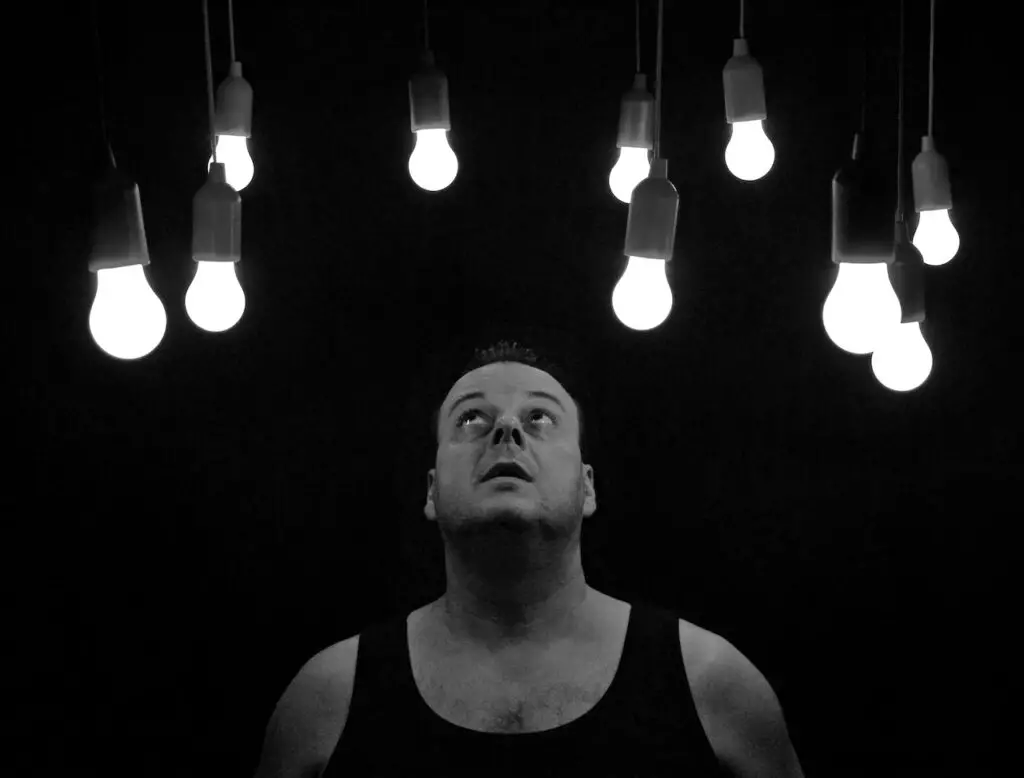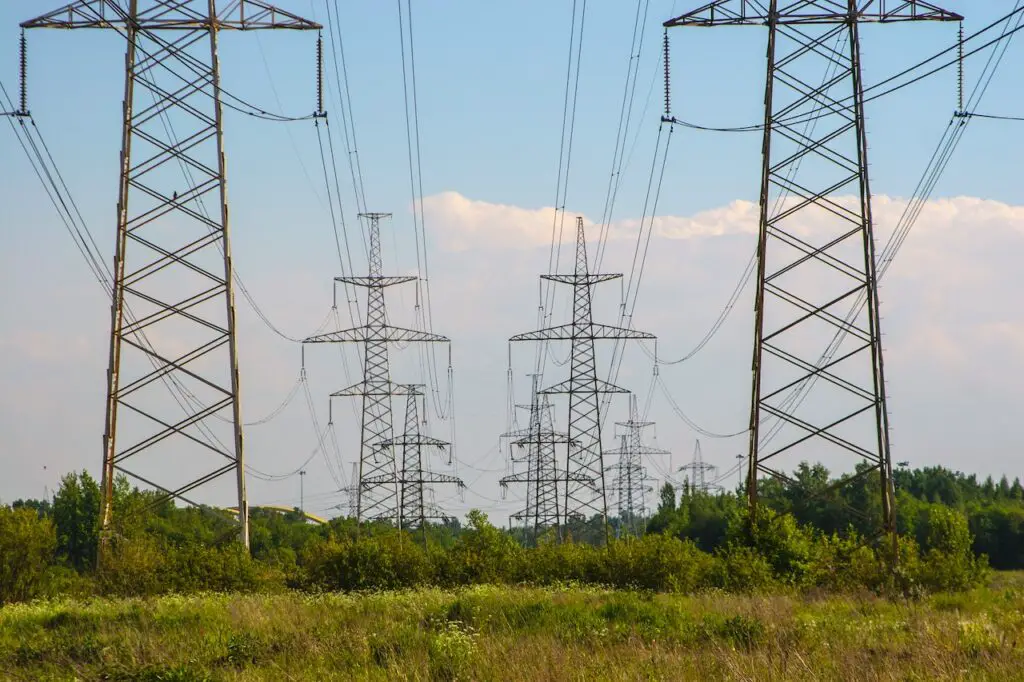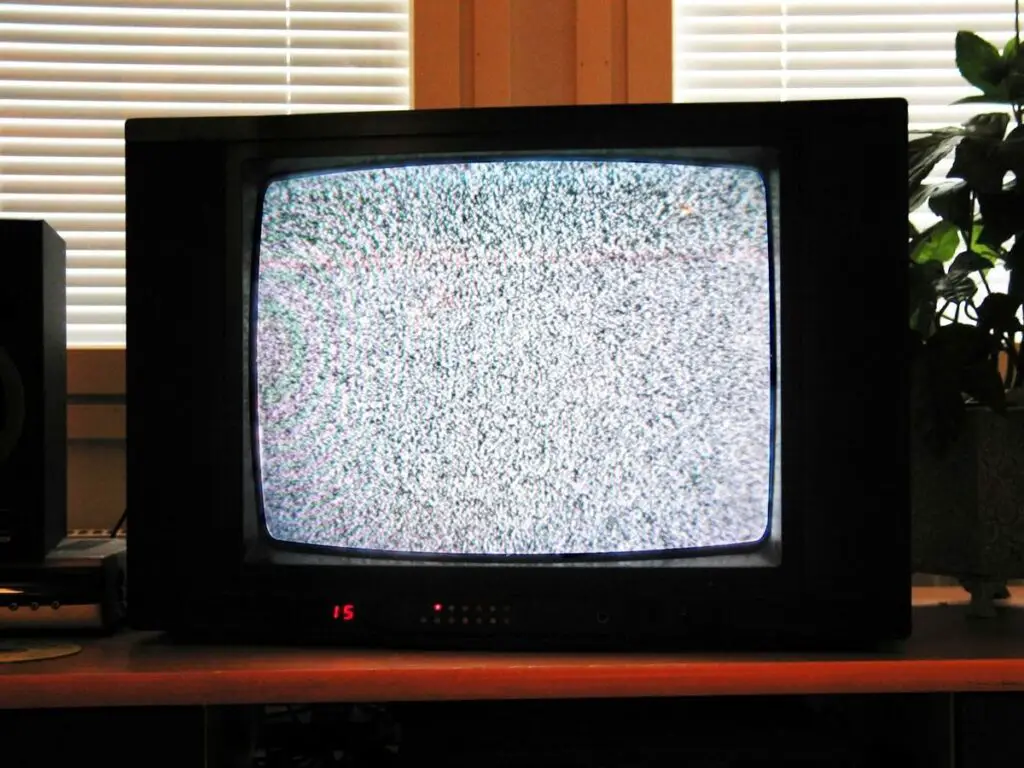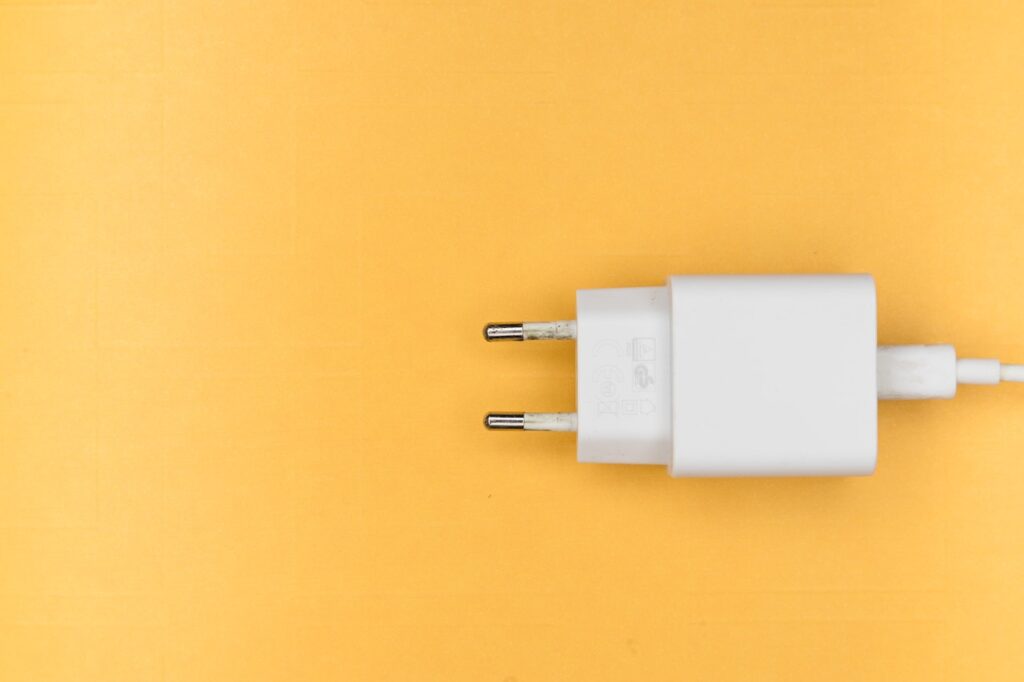Low voltage lighting is a popular choice for homeowners and businesses alike. It is often marketed as a more energy-efficient option compared to standard voltage lighting. However, many people wonder if low voltage lights actually use less power.
The answer is not a simple yes or no. According to LEDask, low voltage lights do use less electrical energy than normal lighting. This is because the lower voltage allows the filament of the light bulb to be smaller, which means less energy is required to power it. However, as LightUp notes, the energy savings may not be as significant as some people believe, and there are other factors to consider.
In this article, we will explore the topic of low voltage lighting and power consumption in more detail. We will examine the advantages and disadvantages of low voltage lighting, as well as the myths and misconceptions surrounding its energy efficiency. By the end, readers will have a better understanding of whether low voltage lights truly use less power and whether they are a good choice for their lighting needs.
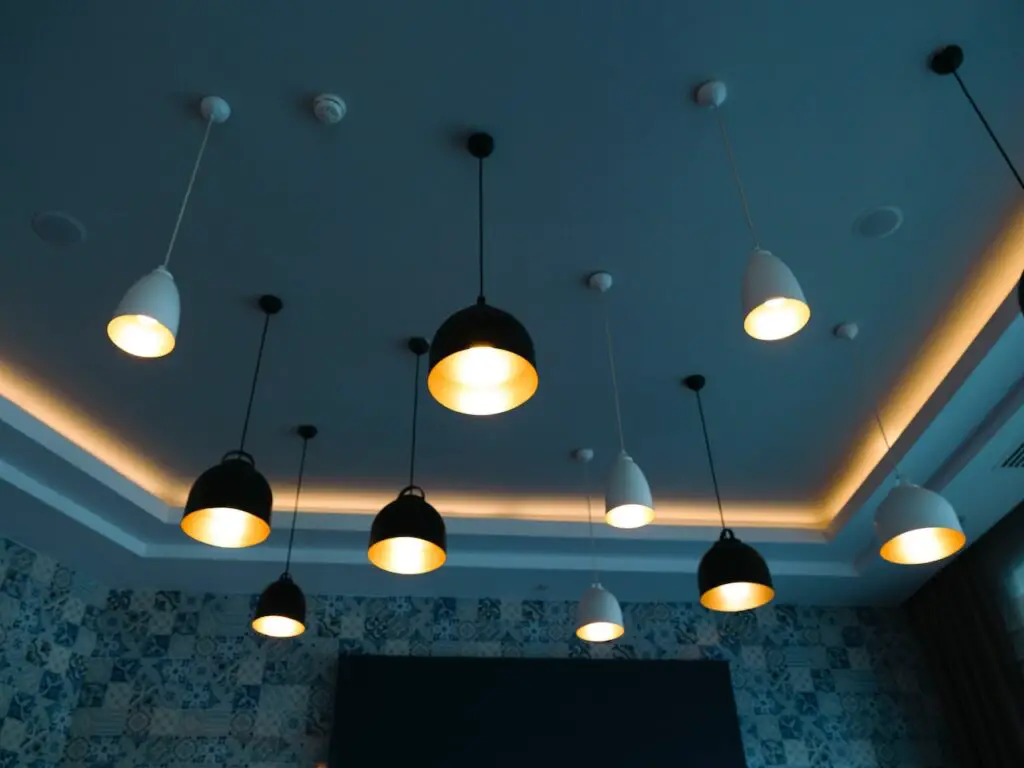
What Are Low Voltage Lights?
Low voltage lights are lighting fixtures that operate on a lower voltage than standard lighting. Typically, low voltage lighting systems operate on 12 volts or 24 volts, while standard lighting operates on 120 volts or 240 volts. The lower voltage of low voltage lighting systems allows for smaller light bulbs and fixtures, making them ideal for use in smaller spaces or for accent lighting.
Low voltage lighting systems require a transformer to convert the standard voltage of 120 volts or 240 volts to the lower voltage required by the lighting fixtures. The transformer reduces the voltage and also adds a 1% to 5% loss to the input wattage, which should be taken into consideration when calculating the total wattage required for a low voltage lighting system.
Low voltage lighting systems are commonly used for landscape lighting, but they can also be used for indoor lighting fixtures. They come in various shapes and sizes, including LED and halogen bulbs. LED low voltage lighting is becoming increasingly popular due to its energy efficiency and longer lifespan compared to traditional halogen bulbs.
How Do Low Voltage Lights Work?
Low voltage lights work by using a transformer to convert the standard 120+ volts of power to a lower voltage, usually 12 or 24 volts. This lower voltage is then used to power the light bulbs. The use of a transformer reduces the amount of power used, making them more energy-efficient than standard incandescent lighting bulbs.
Because the filament in a low voltage lamp is smaller than standard-voltage R and PAR lamps, low voltage lamps offer maximum optical control using only the lamp reflector. The transformers needed to reduce 120V or 240V power to a low-voltage level like 12V, add a 1% to 5% loss to the input wattage.
Low voltage lights use less than 50 volts of power, and they rely on transformers, many of which are built into the fixtures, to reduce voltage from your electrical system. The lower voltage used by low voltage lights means that they are much smaller and more energy-efficient LEDs than standard incandescent lighting bulbs.
Do Low Voltage Lights Use Less Power Than Regular Lights?
Low voltage lights use less power than regular lights. According to LEDask, low-voltage lights use less electrical energy than normal lighting. Therefore, they are more efficient and cost-effective.
Low-voltage lights use less than 50 volts of power, and they rely on transformers to reduce voltage from your electrical system. As Destination Lighting explains, the transformers needed to reduce 120V or 240V power to a low-voltage level like 12V add a 1% to 5% loss to the input wattage. However, because the filament in a low-voltage lamp is smaller than standard-voltage R and PAR lamps, low-voltage lamps offer the maximum optical control using only the lamp reflector.
The reason you can use smaller light fixtures with low-voltage lighting is that the lower voltage allows for the use of a smaller filament, which means you can use smaller light bulbs, which means you can use a small light fixture, which means you can add light to a tighter space in the house. As Lightup explains, low voltage lighting is ideal for landscape lighting, accent lighting, and task lighting.
Advantages of Low Voltage Lights
Energy Efficiency
Low voltage lights use less electrical energy than standard lighting systems. This makes them more energy-efficient and cost-effective in the long run. The smaller filament in low voltage lamps requires less energy to produce the same amount of light as a standard lamp. This results in lower energy consumption and reduced electricity bills.
Cost Savings
The initial cost of installing low voltage lighting may be higher than that of standard lighting. However, in the long run, low voltage lighting can save you money. Low voltage lighting systems require less maintenance and have a longer lifespan than standard lighting systems. This means that you will save money on replacement bulbs and maintenance costs over time.
Safety
Low voltage lighting is safer than line voltage lighting systems. The lower voltage reduces the risk of electrical shock and fire hazards. Low voltage lighting systems are also easier to install and maintain than line voltage lighting systems. This makes them a safer option for DIY installations.
Disadvantages of Low Voltage Lights
While low voltage lighting has its advantages, there are also some disadvantages to consider.
Limited Brightness
One of the main disadvantages of low voltage lighting is that it is not as bright as high voltage lighting. This is because low voltage lighting uses lower wattage bulbs and transformers to reduce the voltage. As a result, the light output is lower, and it may not be sufficient for some applications.
Limited Availability
Another disadvantage of low voltage lighting is that it may not be as widely available as high voltage lighting. While low voltage lighting systems are becoming more popular, they are still not as common as high voltage lighting systems. This can make it more difficult to find replacement parts or to get help with installation and maintenance.
Compatibility Issues
Low voltage lighting systems may also have compatibility issues with other electrical devices. For example, they may not be compatible with certain dimmer switches or other types of lighting controls. This can limit the flexibility and functionality of the lighting system.
Factors to Consider Before Choosing Low Voltage Lights
Purpose
Before choosing low voltage lights, it is important to consider the purpose of the lighting. Low voltage lights are commonly used for accent lighting, task lighting, and outdoor lighting. If the purpose of the lighting is to highlight a specific area or object, low voltage lighting may be a good option as it provides a more focused beam of light. However, if the purpose of the lighting is to provide general illumination, low voltage lighting may not be the most efficient option.
Location
The location of the lighting is another important factor to consider. Low voltage lighting is commonly used for outdoor lighting as it is safer and more energy-efficient than traditional lighting options. However, it may not be the best option for indoor lighting if the space is large or requires a lot of light. In addition, low voltage lighting may not be suitable for areas with high humidity or moisture as it can cause damage to the fixtures.
Budget
Low voltage lighting can be more expensive upfront due to the cost of transformers and other necessary components. However, it can be more cost-effective in the long run as it uses less energy and has a longer lifespan than traditional lighting options. It is important to consider the overall cost and potential energy savings when deciding whether to invest in low voltage lighting.
Compatibility
It is important to ensure that the low voltage lighting is compatible with the existing electrical system. Some low voltage lighting fixtures come with built-in transformers, while others require an external transformer to be installed. It is important to choose fixtures and transformers that are compatible with each other and with the existing electrical system to ensure safe and efficient operation.
Conclusion
Low voltage lighting has its advantages and disadvantages. While it may offer the maximum optical control using only the lamp reflector, the transformers needed to reduce 120V or 240V power to a low-voltage level like 12V add a 1% to 5% loss to the input wattage. Additionally, low voltage lighting requires more current to deliver the same wattage, and that causes higher power loss in the wires.
Using low voltage lighting might not be doing you all the favors you think it is. While its low voltage allows the filament of the light bulb to be smaller, and this allows users to put lighting applications in smaller places, the energy savings, and lamp life may not be significant.
However, low voltage lighting is much, much safer to use because the voltage running through the light fixtures is much lower. The lower voltage makes it less likely that someone will get a serious electric shock. Therefore, low voltage lighting may be a good choice for certain applications where safety is a concern.

